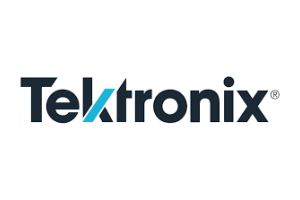Direct Atomic Layer Processing
From Concept to Prototype in hours
ATLANT 3D’s new Direct Atomic Layer Processing (DALP) enables swift transition from conceptualization to prototype, reducing the time from idea to physical realization to mere hours.
t simplifies exploring new materials and structures for semiconductor devices to just a week, opening doors to multi-functional devices previously deemed unattainable.
DALP allows access to a wide range of designs, including various 2D shapes, multidirectional thickness gradients, and complex overlapping patterns. The flexibility extends to the materials, DALP opens the ability to utilize standard ALD materials and create tailored multilayers to prototype novel semiconductor devices.
To showcase DALP capability, ATLANT 3D fabricated a sample wafer using TiO2 on a 4-inch Si/SiO2 substrate, with a maximum deposited thickness of 30 nm. The vibrant and distinct color variations stem different thicknesses of the TiO2 layer and showcase thickness steps of 0.3 nm separated by 1 micron. Traditional methods in the industry require extensive time and effort for such variations, often involving multiple masks or complicated process. Novel processing methods such as inkjet lack the vertical resolution to provide filled patterns with this level of control.
DALP streamlines this process. From the initial design concept to the start of processing, it takes just two hours. The process requires no manual intervention after the setup procedure. Furthermore, DALP drastically reduces chemical usage, relying on a few micrograms of precursors instead of the substantial quantities of target material, resists, and chemicals used in conventional methods.
Key Figures for DALP Processing
-
Ideation and CAD design of all shapes: approximately 1 hour
-
Conversion of CAD designs to machine code, including input of thickness and material parameters: approximately 30 minutes
-
TiO2 structure processing: 17 hours (overnight)
DALP significantly reduces process steps and time, enhancing prototyping speed and enabling the creation of devices with functionalities previously deemed impossible.
The diverse shapes designed through DALP offer substantial benefits to several applications:
- Optics: optical coatings, Bragg mirrors
- Electronics: vertical thin film capacitors, thin film integrated circuits
- Neuromorphic computing: variable thickness hybrid neural networks
- MEMS: functionalized surfaces, encapsulated devices Sensors: electrochemical, gas, distance, temperature, pressure, humidity
- IC postprocessing: chip surgery, IC repair
- Smart coatings: engineered surface properties
Software simulation of a TiO2 DALP deposition





